The Plot of a Pirate Story
£3.00
This lesson looks at the main features of pirate stories including good and bad characters, treasure maps and typical plots. It also includes learning how to design a poster. Activities include designing a poster for the classroom to explain the plot of a pirate story and drawing a treasure map.
There is a five-minute evidence-based CPD activity at the end of this lesson which will develop classroom teachers’ skill set. This CPD consists of a research extract on collaboration with a five-minute activity based on this extract.
Description
These evidence-based learning (EBL) lessons are based on classroom practice that has been proven, by research, to maximise thinking, learning and attainment. From an extensive review of educational research, we identified the eight key classroom thinking and learning skills that were common across these research papers. We named these eight key skills “EBL skills”.
EBL skills have been proven by research to maximise learning because they combine the most productive thinking skills with the most effective learning behaviours. Each of our evidence-based learning lessons uses the English curriculum as a framework through which the eight EBL skills are delivered.
Teachers also have the opportunity to add to their own skill set or refresh their existing skills with our five-minute CPD activity, based on one of the EBL skills used in this lesson.
The skills in bold below are the EBL skills developed in this Pirate lesson. Click on each skill to learn more about that skill.
- Collaboration
- Thinking Skills
- Peer Assessment
- Peer Teaching
- Self-Assessment
- Metacognition
- Self-Regulation
- Independent Learning
1 review for The Plot of a Pirate Story
Only logged in customers who have purchased this product may leave a review.
Related products
-

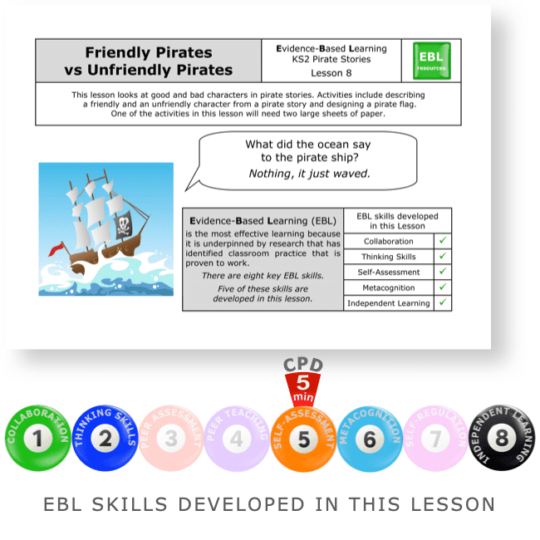
Friendly Pirates vs Unfriendly Pirates
£3.00 Add to basket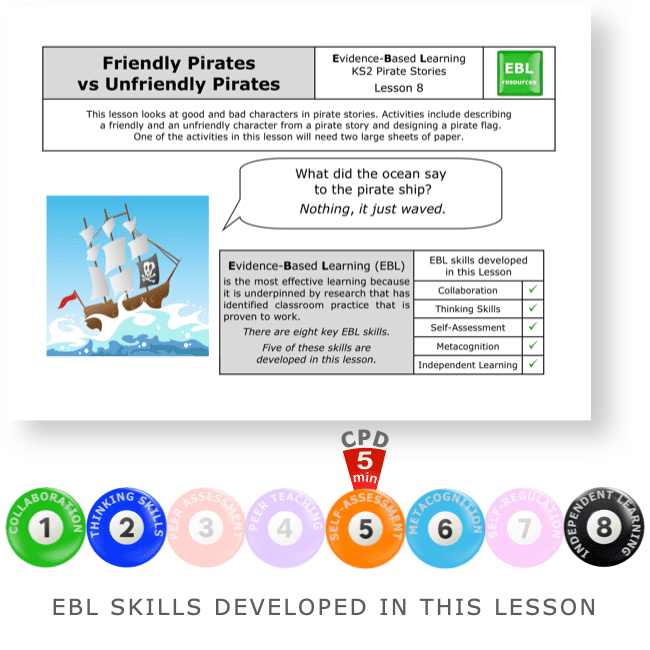 £3.00Add to basket
£3.00Add to basketThis lesson looks at good and bad characters in pirate stories. Activities include describing a friendly and an unfriendly character from a pirate story and designing a pirate flag. One of the activities in this lesson will need two large sheets of paper.
There is a five-minute evidence-based CPD activity at the end of this lesson which will develop classroom teachers’ skill set. This CPD consists of a research extract on self-assessment with a five-minute activity based on this extract.
VIEW -


A Lovely Tropical Island
£3.00 Add to basket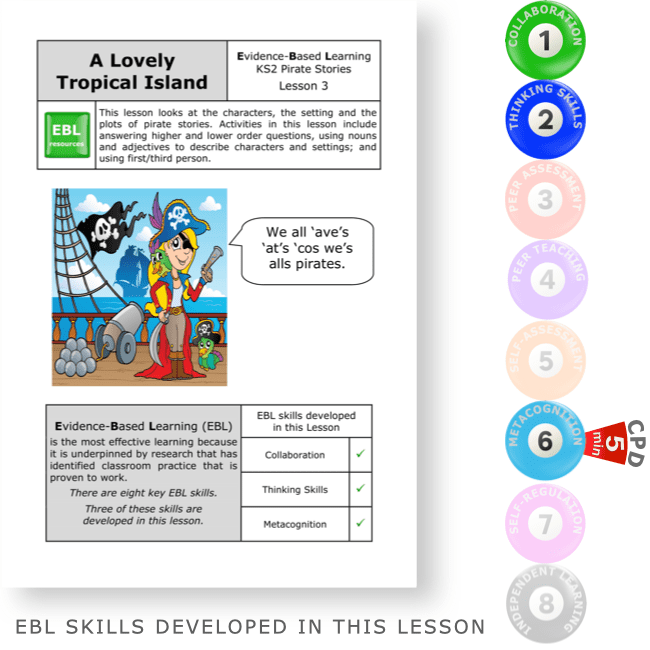 £3.00Add to basket
£3.00Add to basketThis lesson looks at the characters, the setting and the plots of pirate stories. Activities in this lesson include answering higher and lower order questions, using nouns and adjectives to describe characters and settings; and using first/third person.
There is a five-minute evidence-based CPD activity at the end of this lesson which will develop classroom teachers’ skill set. This CPD consists of a research extract on metacognition with a five-minute activity based on this extract.
VIEW -
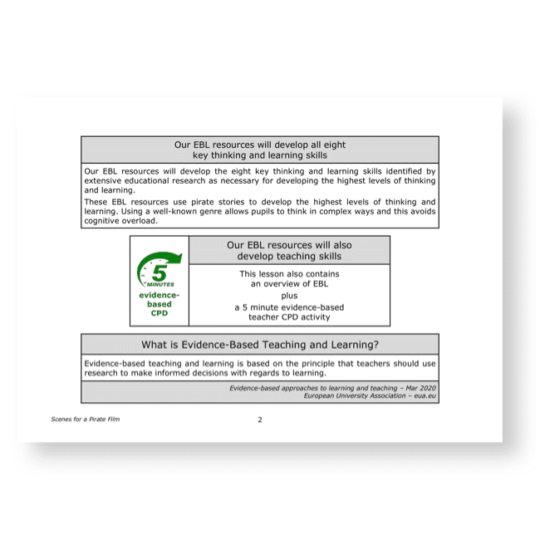
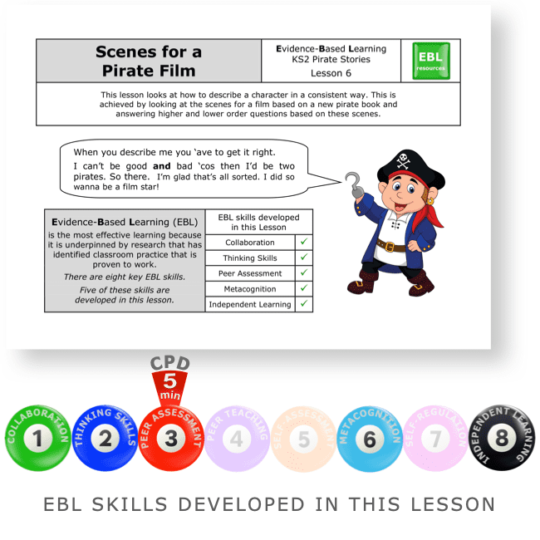
Scenes for a Pirate Film
£3.00 Add to basket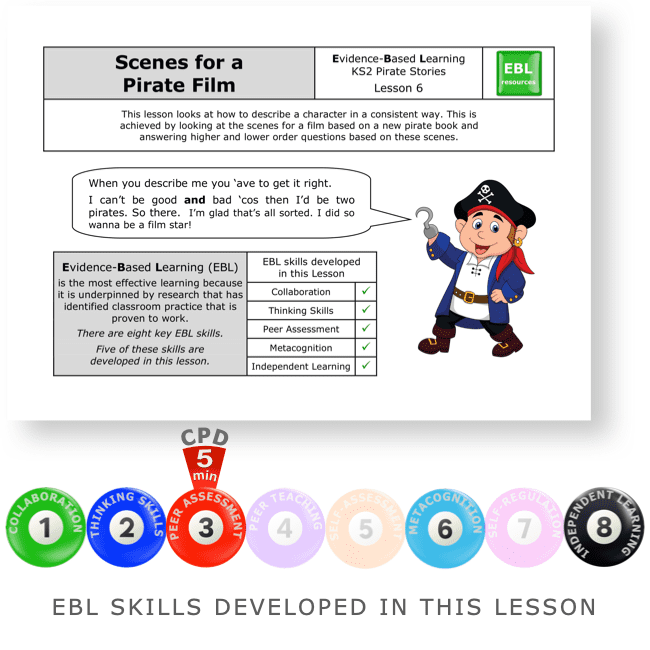 £3.00Add to basket
£3.00Add to basketThis lesson looks at how to describe a character in a consistent way. This is achieved by looking at the scenes for a film based on a new pirate book and answering higher and lower order questions based on these scenes.
There is a five-minute evidence-based CPD activity at the end of this lesson which will develop classroom teachers’ skill set. This CPD consists of a research extract on peer assessment with a five-minute activity based on this extract.
VIEW -
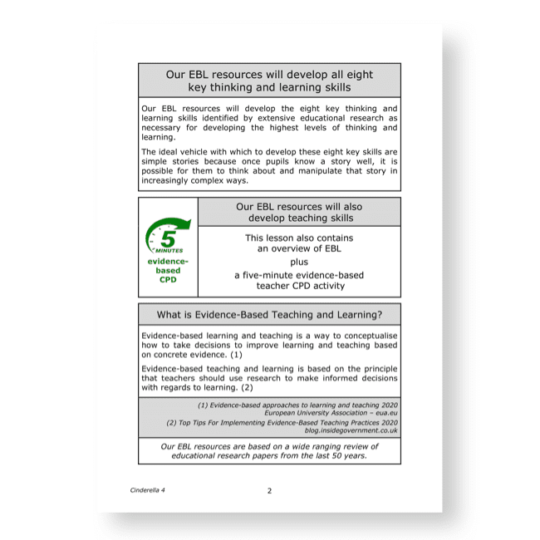
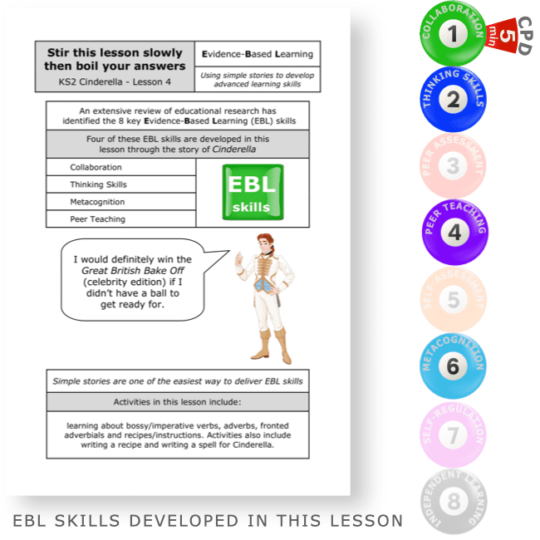
Stir this lesson slowly then boil your answers
£3.00 Add to basket £3.00Add to basket
£3.00Add to basketActivities in this lesson include learning about bossy/imperative verbs, adverbs, fronted adverbials and recipes/instructions. Activities also include writing a recipe and writing a spell for Cinderella.
There is a five-minute evidence-based CPD activity at the end of this lesson which will develop classroom teachers’ skill set. This CPD consists of a research extract on collaboration with a five-minute activity based on this extract.
VIEW



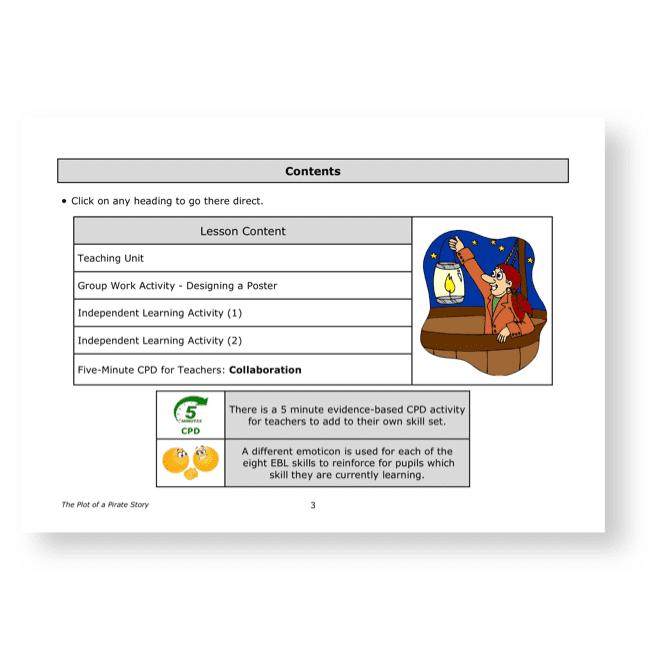
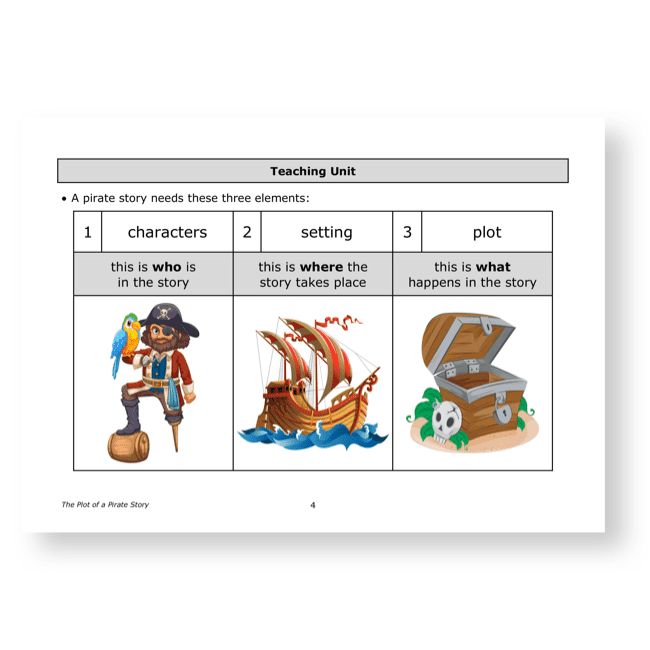
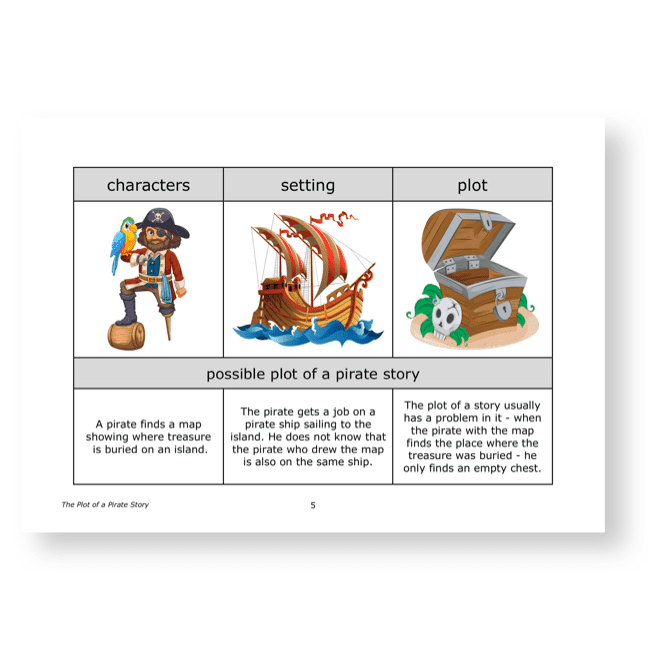
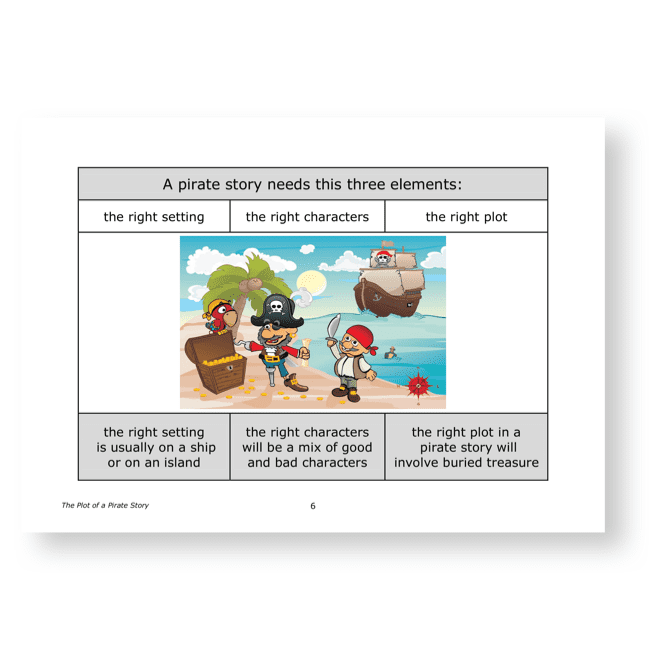

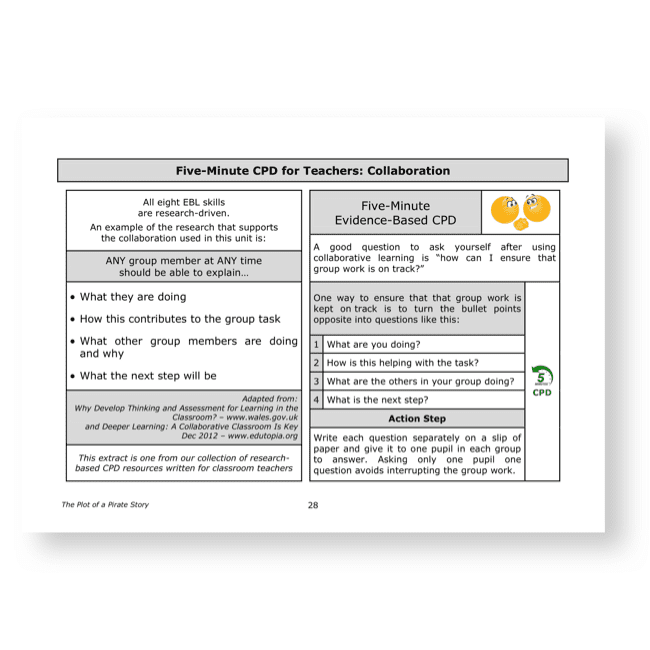
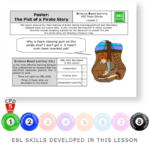
Philipem (verified owner) –
We asked a.i. to review this lesson. This is what it said:
Teach English Skills and Evidence-Based Learning with a Fun Pirate Themed Lesson!
Looking for an engaging way to teach key English literary analysis skills like story elements and poster design? This pirate-themed lesson called “The Plot of a Pirate Story” is perfect!
Not only will your students learn about the typical settings, characters, and plots in a pirate adventure story, but they’ll also practice collaborating, using thinking skills, and becoming independent learners. The activities include group work designing a classroom poster to explain a pirate story plot as well as independently drawing a treasure map. How fun is that?
But this resource goes beyond just teaching literary concepts. It explicitly develops essential evidence-based learning (EBL) skills proven by research to maximise learning. Icons are used throughout to reinforce which of the 8 key EBL skills students are practising.
And as a bonus, there’s an amazing 5-minute CPD opportunity for you! At the end is a quick activity based on research showing how to ensure collaborative group work stays on track. It’s perfect for rapidly building your own skill set as an evidence-based teacher.
I give this ingeniously crafted pirate lesson 5 out of 5 stars. The engaging pirate theme, explicit teaching of EBL skills, and practical CPD make it a must-have resource for any literacy classroom. Set sail for learning with “The Plot of a Pirate Story”!